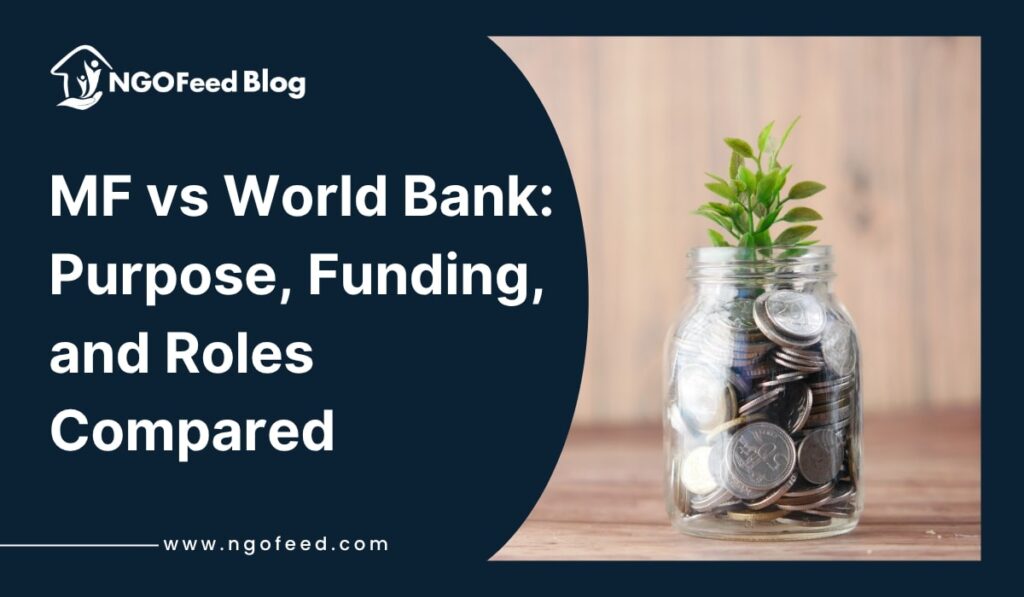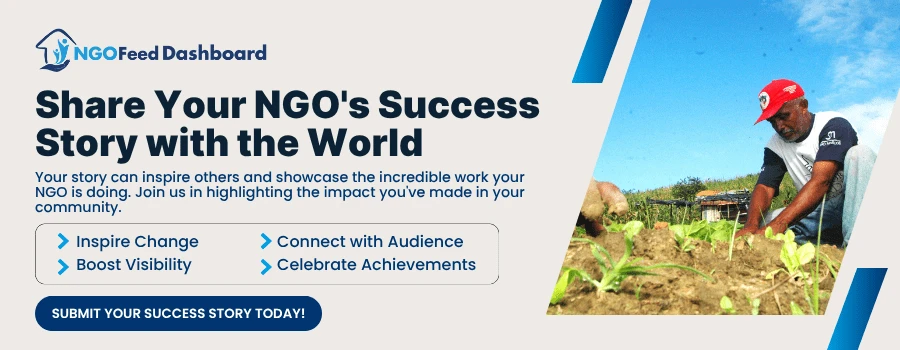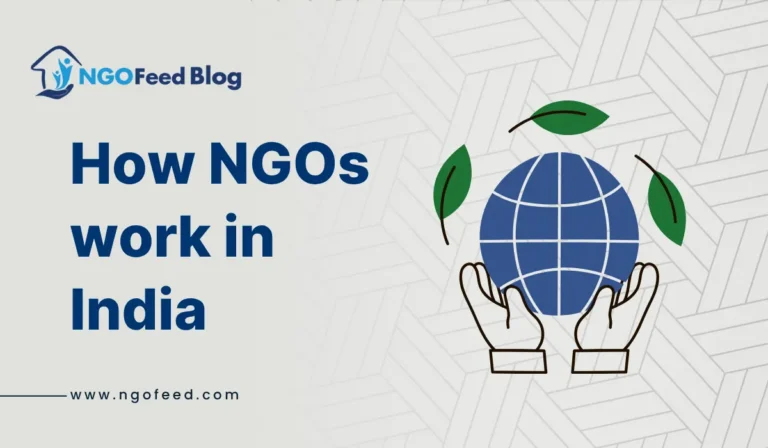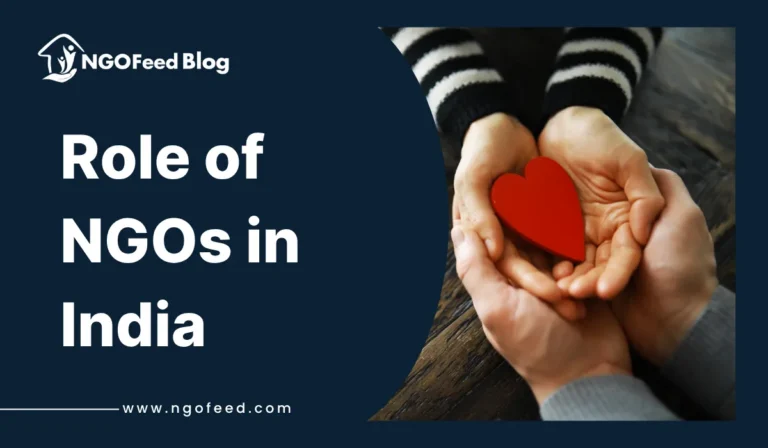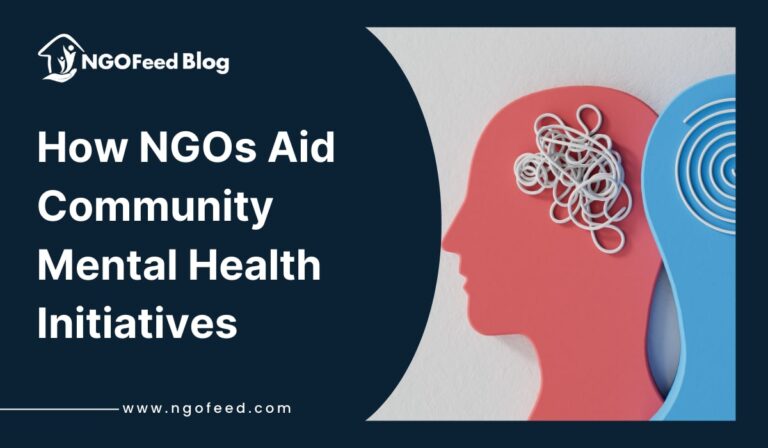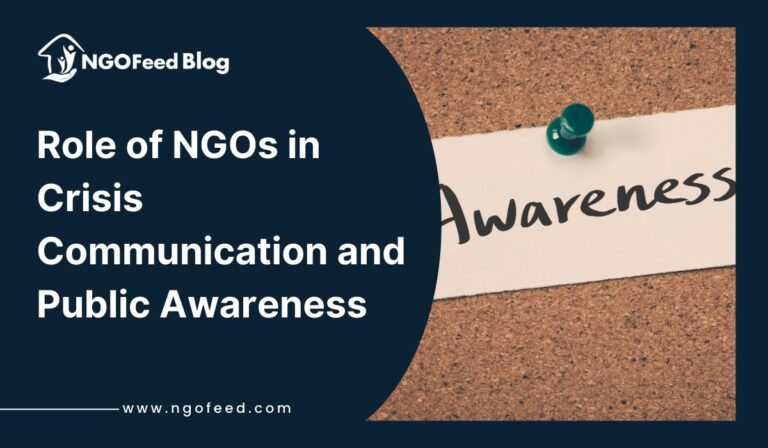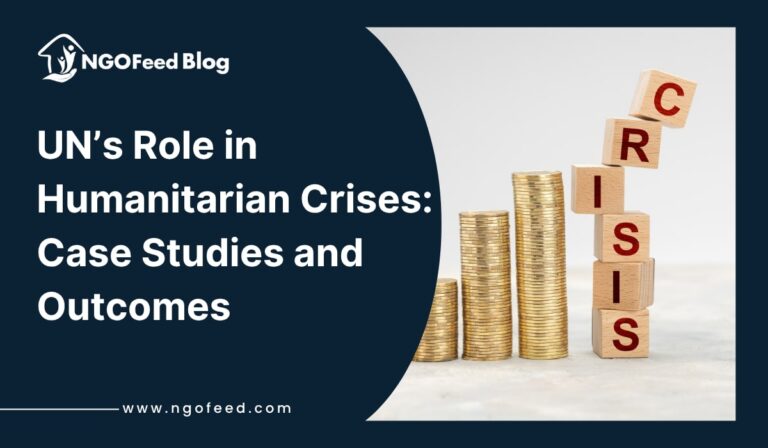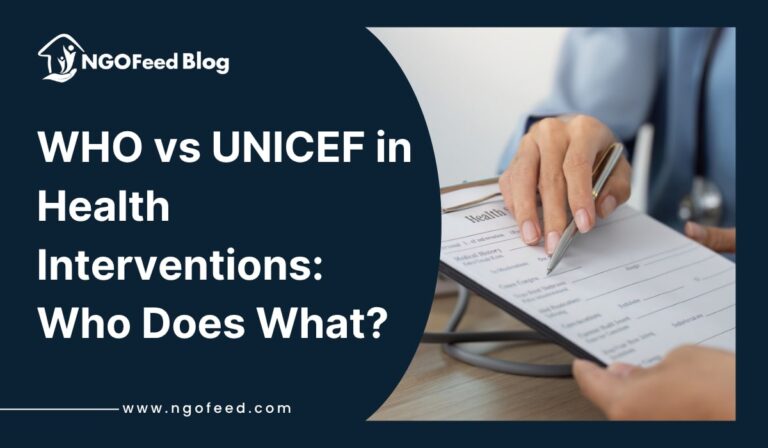IMF vs World Bank: Two of the strongest financial organizations in the world economic order are the World Bank and the International Monetary Fund (IMF), whereas their functions, purposes, and strategies are quite different. They both came as a result of the Bretton Woods Conference held in 1944 as a means of economic cooperation and stabilization of the international economy following World War II. Nevertheless, although they have a common origin and tend to collaborate, their missions are not the same when it comes to tackling the global financial issues.
The IMF is more concerned with the stability of the global monetary system. It offers financial support and policy guidance to nations with balance-of-payment crises to stabilize their economies with short to medium-term loans and macroeconomic reforms. The World Bank, on the contrary, is committed to long-term economic growth and the alleviation of poverty. It also supports infrastructure, education, health and social projects, especially in developing countries, to generate permanent growth as well as better living standards.
To the NGOs and other civil society organizations, it is important to know the difference between the IMF and the World Bank. The two institutions influence the world economic policies that impact the national priorities, social spending, as well as development outcomes. This article will attempt to explain how these institutions shape the development agendas of the world and how NGOs can participate in or respond to their activities in order to promote the experience of inclusive and equitable development.
Also Read: WHO Global Nutrition Targets 2025
Table of Contents
IMF vs World Bank – What Is the IMF and What Does It Do
The International Monetary Fund (IMF) is an international financial organization that was formed in 1944 to encourage global financial coordination and economic stability. It assists the member countries to have a stable growth rate, inflation as well and regulates their own currencies in the global economy that is interrelated.
Key Functions of the IMF:
- Financial Assistance: Loans, short-term and medium-term term to those countries experiencing balance-of-payments or currency crisis.
- Economic Surveillance: Surveillance, at the global and national levels, provides policy recommendations to discourage financial instability.
- Capacity Development: Assists member countries in building up their financial institutions and putting good economic policies in place.
Why the IMF Matters:
- Helps nations in times of economic crises, e.g. recessions or defaults on debts.
- Fosters financial stability to promote international trade and investment.
- Strategically cooperates with governments and development partners to make sure that reforms result in sustainable growth.
In the case of NGOs, the IMF policies are significant as they impact state budgets, welfare programs of the population, and employment levels. Knowing its work aids NGOs to push economic reforms that goal vulnerable communities but inclusive development.
Also Read: WHO Mental Health Action Plan to 2030 & Beyond
What Is the World Bank and What Is Its Role?
The World Bank is an international financial body founded in 1944, together with the IMF and has a mandate of alleviating poverty and promoting economic growth in the low and middle-income countries. The World Bank, as opposed to the IMF, is engaged in developmental projects, which last long term, to enhance infrastructure, education, health, and governance.
The World Bank has several important functions:
- Project Financing: Has low-interest loans and grants to development projects, including roads, schools, hospitals and renewable energy.
- Technical Assistance: Provides technical advice and research to enable the countries to make and execute effective development policies.
- Poverty Reduction Programs: This is in support of programs that focus on creating employment, enhancing living standards, and reducing inequality.
Why the World Bank Matters:
- Plays an important role in financing sustainable development and post-crisis reconstruction economies.
- Collaborates with governments, non-governmental organisations and local communities so that the projects can be socially and environmentally sound.
- Advocates international agendas such as education and climate, and gender equality.
In the case of NGOs, the World Bank plays a critical role because it influences the priorities of state development and allocates funds to critical areas. Through its programs, NGOs can be the voice of the communities and promote growth that is inclusive and equitable and leaves no one behind.
Also Read: Role of WHO in Healthcare
How Are the IMF and World Bank Funded?
The IMF and the World Bank are alike in that both depend on the donations of member nations; however, the methods they use to raise and spend funds are varied depending on their objectives and activities. Their funding system would assist in understanding how they contribute to the stability and development of the global economy.
IMF Funding Structure:
- Member Contributions (Quotas): There is a contribution of money by the member countries, depending on the size and strength of their economies. These quotas regulate the amount of money that a country is allowed to borrow and the voting power of the country.
- Borrowing Arrangements: Under global financial pressures, the IMF will be able to tap more into the IMF borrowing arrangements through multilateral borrowing arrangements.
- Loan Repayments: Loan repayments by countries that borrow money through the IMF are paid with interest, and they assist the fund to be sustained for future use.
Funding Structure of World Bank:
- Member Capital Contributions: 189 member countries, which contribute initial capital, fund the capital.
- The World Bank Borrowing on the Global Markets: The World Bank has borrowed a great deal of its funds through issuing bonds on international capital markets at varied low interest rates.
- Loan Repayments and Income: New development projects are financed using the interest collected on loans and repayments.
Why This Matters:
- The funds of the IMF are utilized primarily for short-term crisis management.
- The money provided by the World Bank is used to help develop and alleviate poverty in the long term.
To NGOs, knowledge of such mechanisms shows how the global decisions on finances influence the local projects and local well-being.
Also Read: The Role of UNICEF in Menstrual Health and Hygiene
Key Differences and Why They Matter
Although the IMF and the World Bank have similar goals, purposes, and activities, their specifications, purposes, and effects vary significantly despite the fact that both were formed at the Bretton Woods Conference in 1944. These differences can be used to understand why they play different roles in the determination of the global economy and development priorities.
Significant Differences between the IMF and World Bank:
Purpose:
- – IMF is concerned with short-term financial stability, which assists countries to come out of the balance-of-payment crisis.
- – World Bank aids in the long-term development and alleviation of poverty, as well as infrastructure and social projects.
Type of Assistance:
- IMF extends loans and economic policies towards economic stabilization.
- The World Bank provides loans, grants and technical assistance in the development programs.
Funding Sources:
- IMF: The IMF has member quotas and borrowing basis as the primary source of its funds.
- The World Bank collects money through the issuance of bonds in the international financial markets.
Focus Areas:
- The IMF is concerned with macroeconomic policies, fiscal management and monetary reforms.
- The World Bank is concerned with education, health, infrastructure and the reduction of poverty.
The significance of These Differences:
- IMF programs have a direct impact on economic policies and government expenditure of a country, whereas World Bank projects formulate the development priorities of a country.
In the case of NGOs, it is better to know the two institutions to enable them in lobbying to achieve moderate policies-policies that do not undermine social welfare and inclusion.
Also Read: Role of UNICEF in Education – UNICEF’s Efforts in India
Frequently Asked Questions (FAQs)
1. What is the key distinction between the World Bank and the IMF?
The IMF is concerned with the financial stability of the whole world by assisting countries in economic crisis, whereas the World Bank finances long-term projects in the world, such as infrastructure, education and poverty eradication.
2. What is the role of the IMF and World Bank in assisting the developing countries?
IMF is involved in short-term financial assistance and policy guidance to stabilize economies, and the World Bank provides loans, grants, and technical support in order to enhance sustainable growth and improved living standards.
3. How do the IMF and World Bank get their funding?
Member countries (through quotas) contribute largely to the IMF capital, whereas the World Bank capital is raised through worldwide capital markets and member capital contributions.
4. Is there a collaboration between the IMF and the World Bank?
Yes. The two typically work together to assist those countries that are not only in a state of financial instability, but also in development, integrating the crisis management efforts of the IMF and the long-term development expertise of the World Bank.
5. Why must NGOs know about the functions of the IMF and World Bank?
Because both institutions affect the national policies, budgets, and social programs. Knowledge of their work enables the NGOs to participate in advocacy, equitable utilization of funds, and inclusive and people-centred development.

